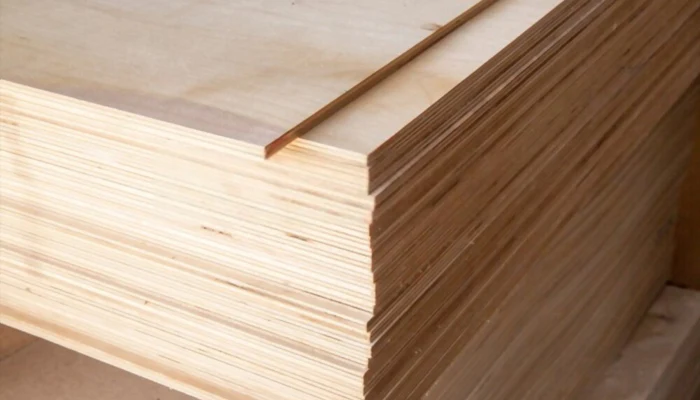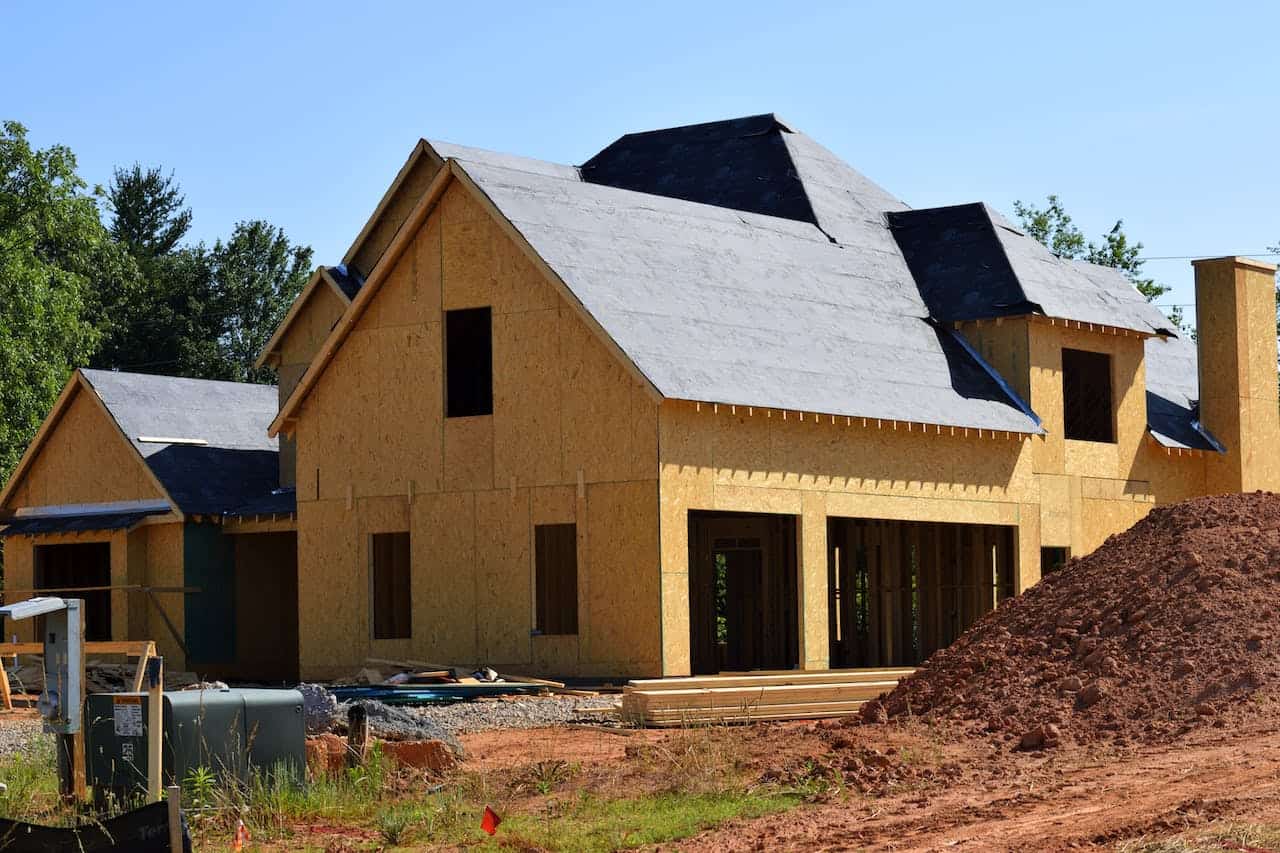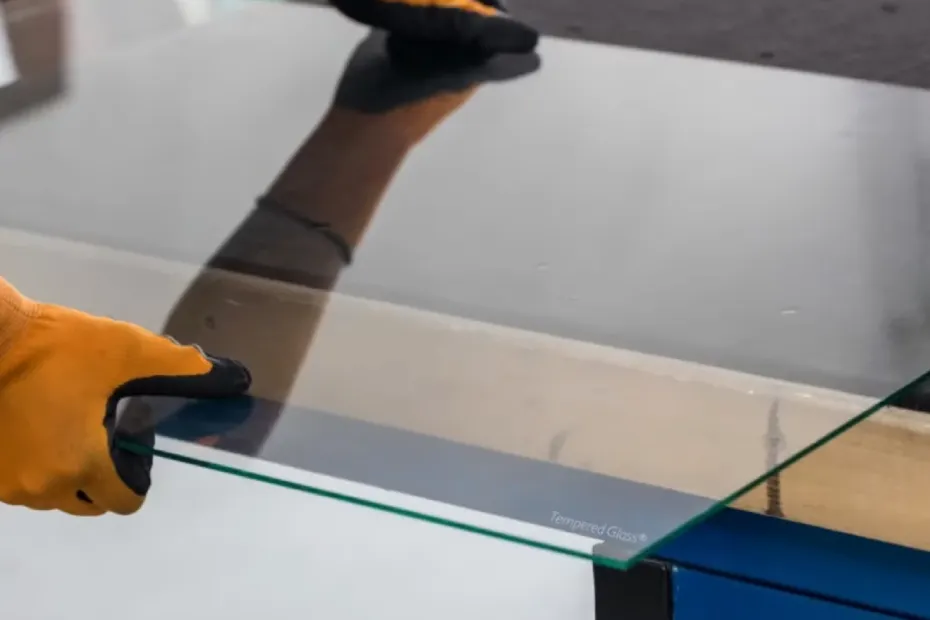WoodenuKnow.com is a participant in the Amazon Services LLC Associates Program, an affiliate advertising program designed to provide a means for sites to earn advertising fees by advertising and linking to Amazon.com and may earn from qualifying purchases.
Plywood is among the most versatile materials in construction. Made from a series of layered sheets of veneer, overlapping in different directions, it has incredible resistance to bending and warping, and it can be made to look fantastic, too.
Let’s take a closer look at plywood, and see what its most common uses might be.
Different Types of Plywood
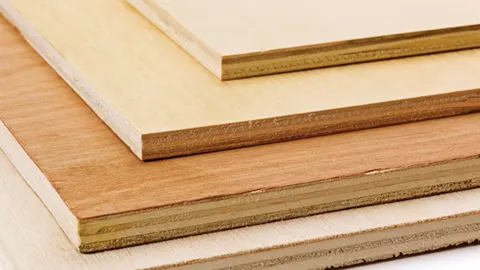
Just as there are many different types of tree, and many different types of timber, there are also many different types of plywood available.
The two most common labels applied to plywood are softwood and hardwood. The former, as you might expect, is made from softwoods like redwood and pine. Hardwoods, by contrast, tend to be made from walnut and oak. The latter tends to be more resistant to nicks and scratches, and comes with more layers for additional strength.
You might also see plywood labelled for special purposes, like aircraft and outbuildings. These might have a particular resistance to moisture which other varieties lack. If you leave a standard softwood plywood out in the rain, it’ll be ruined but ‘exterior’ plywood will have been treated specially to resist moisture.
Most Common Practical Uses
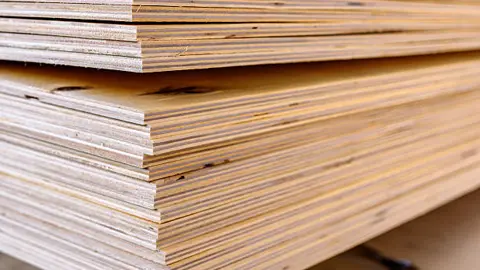
The versatility of plywood explains its enormous popularity. So, what is it actually used for?
Sheathing
Plywood panels can be used on exterior walls to ensure that the frame of the building is kept straight and square. It performs well under compression, but it can still flex during an earthquake and so it’s popular in parts of the world where earthquakes are common.
It is typically used to protect the exterior of a building from weather damage. Sheathing with plywood can help to improve the structural integrity of a building and protect it from the elements. Moreover, sheathing helps to strengthen a wall or roof and prevent it from collapsing.
Furniture
You’ll find plywood often used in furniture-making, especially in custom wardrobes and other made-to-measure items. If the plywood isn’t going to be visible or structural (for example, the back of a wardrobe) then you might get away with a lower-quality plywood.
Similarly, you might find plywood used widely in cabinetry, especially in kitchens and garage workshops. Once again, the material can be stained or varnished to look fantastic.
Furniture grade plywood is available in a variety of thicknesses and grades, depending on the intended use. Grade A plywood is the highest quality and is typically used for making high-end furniture. Grade B plywood is lower quality and is often used for making budget-friendly furniture.
Roofing
Plywood is often a great choice for sheathing roofs, especially on outbuildings like sheds, extensions and kennels. It is a durable material that resists moisture, making it ideal for protecting homes and businesses from the elements.
The material is easy to cut and nail, and it can be painted or stained to match the exterior of the building. As a result, plywood is an essential material for anyone who wants to build a durable and appealing roof.
When choosing plywood for roofing, it is important to consider the intended use and the climate. For example, thinner plywood may be suitable for a shed in a temperate climate, but thicker plywood would be necessary for a cabin in a cold climate.
Ultimately, the type of plywood that is best suited for roofing will depend on the specific project. However, with so many options on the market, it should be possible to find a product that meets all of the necessary criteria.
Insulation
Since plywood is made of layers of different material, it offers naturally great sound and thermal insulation. As such, it’s a great choice for acoustic panelling and wall cladding.
When used for insulation, plywood can help to block out both heat and cold, making it an ideal way to keep your home comfortable all year round. Moreover, plywood is an environmentally friendly material that is easy to recycle. As such, it is a great choice for anyone who wants to reduce their carbon footprint.
Decking
If you’re building decking outdoors, then you might find yourself resorting to exterior-grade plywood. It’s strong enough to bear your weight, provided that it’s adequately supported from beneath. What’s more, it’ll last for many years, especially if it’s treated properly.
Choosing the right type of plywood for your decking project can be confusing. There are several different types of plywood available, with different benefits and drawbacks.
One type of plywood that is often used for decking is pressure-treated plywood. This type of plywood is treated with chemicals that help to resist rot and insect damage.
Another popular choice for decking is marine-grade plywood. This type of plywood is designed to resist rotting and deterioration, making it an ideal choice for decks that will be exposed to harsh weather conditions.
Flooring:
Plywood is a popular choice for flooring because it is durable, easy to install, and affordable. Perhaps most importantly, plywood is also extremely versatile. It can be used in a variety of settings, from homes and offices to stores and warehouses.
It can be cut to fit any space and then nailed or glued into place. This makes plywood an ideal choice for do-it-yourself projects. Flooring made of plywood is one of the cheapest options. For all these reasons, plywood is an excellent choice for anyone looking for new flooring.
Doors:
Among the many uses of plywood is for doors. While solid wood doors are often the first choice for many homeowners, plywood doors have several advantages that make them worth considering.
For one thing, plywood is more dimensionally stable than solid wood, meaning it is less likely to warp or crack over time. In addition, plywood doors are typically less expensive than their solid wood counterparts, making them a great option for budget-minded homeowners.
Plus, thanks to its durability and strength, plywood is an excellent choice for high-traffic areas such as entryways. With all these benefits, it’s no wonder that more and more homeowners are choosing plywood doors for their homes.
Small Projects
Plywood is a popular choice of material for DIYers as well as professionals. It can be used to make anything from an outdoor wheelchair ramp to a bird-feeder, and often with minimal woodworking skill. All that’s required is a suitable saw.

